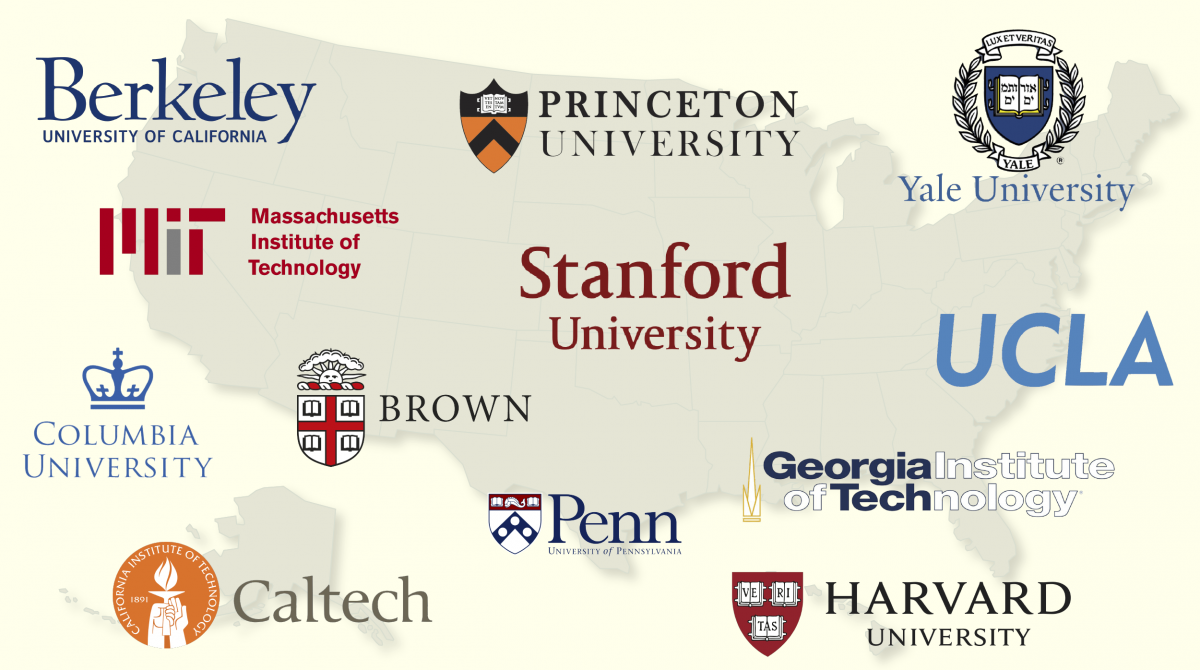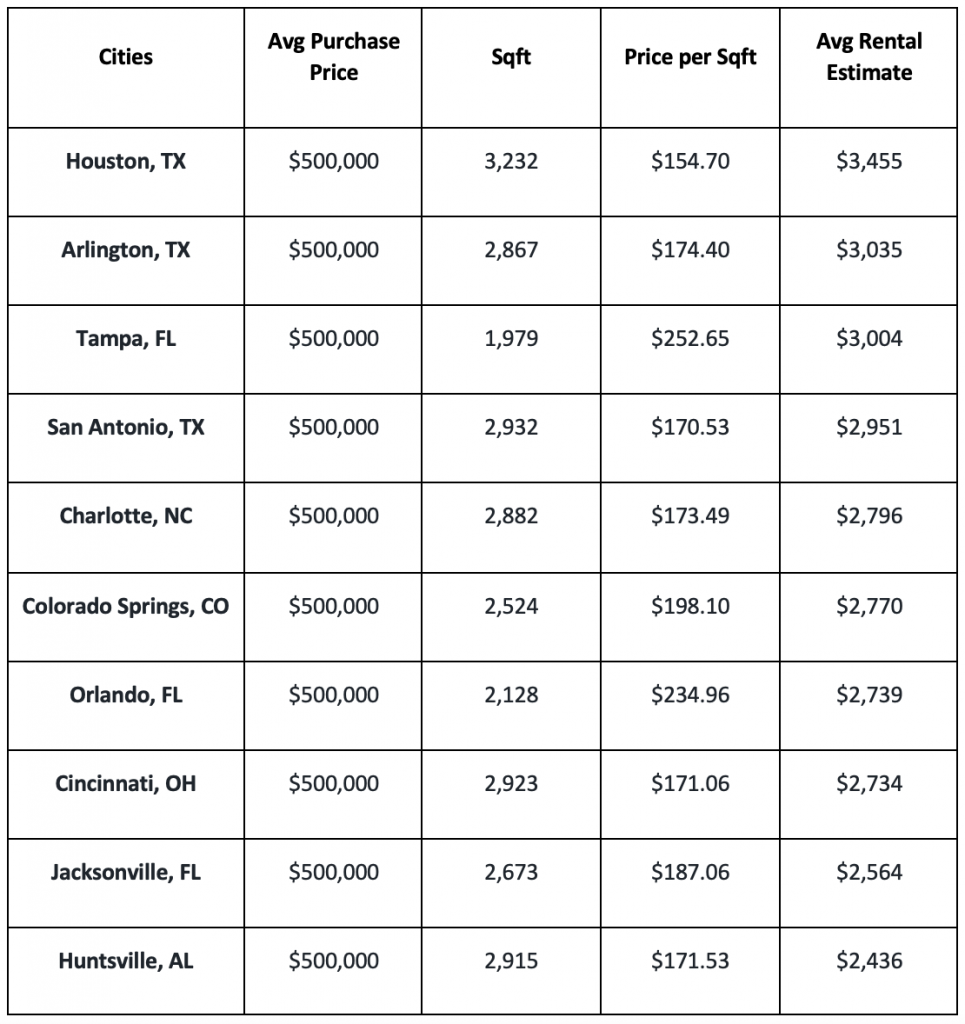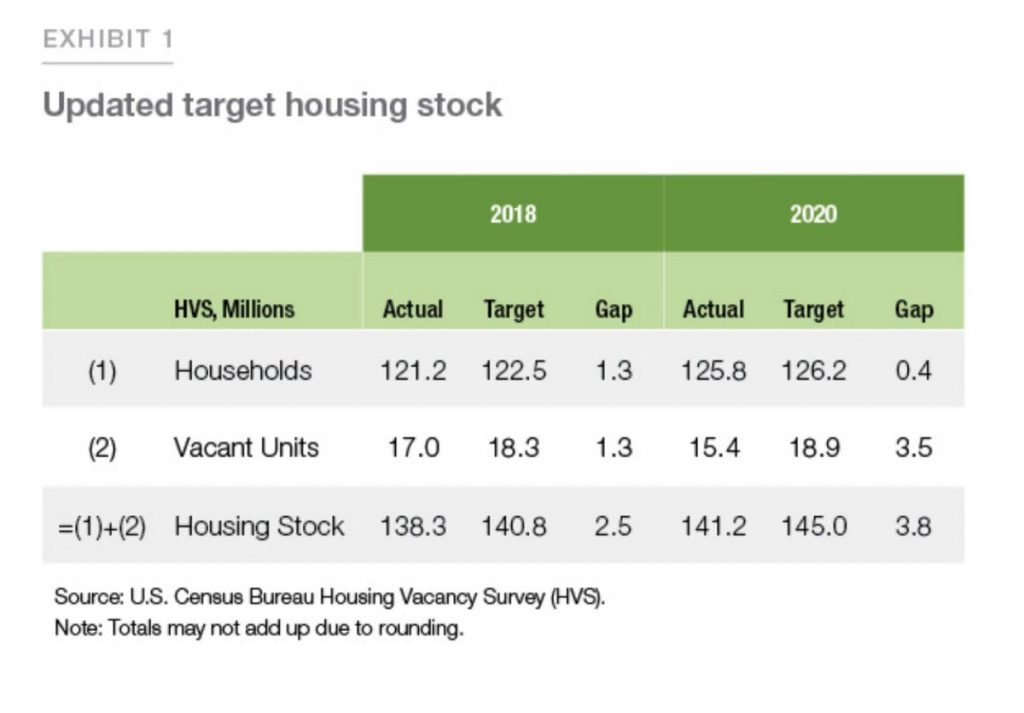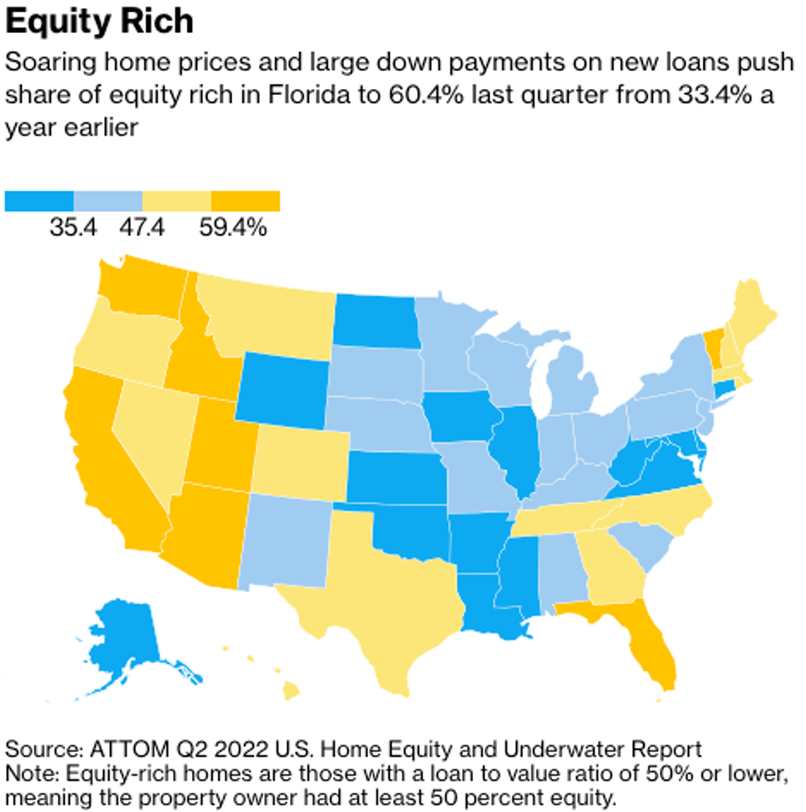Being a landlord is one of the best ways to build consistent, passive monthly income through real estate investing. However, not all states are equal when it comes to landlord-tenant laws, taxes, and competition, making it crucial for property investors to understand the top landlord friendly states before buying an investment property.
This article discusses the top three “landlord friendly” states in the U.S. and why investors may want to consider them.
Factors to look for in landlord friendly states
Landlord-tenant laws generally favour the tenant, but each state has the power to create its own laws. There are a few factors to look at when analysing the top landlord friendly states, including;
- Property taxes. Property taxes are assessed by the county and tend to go up over time. States like Hawaii, Alabama, and Louisiana are known for having the lowest property taxes in the country – making these states attractive to landlords from the surrounding areas.
- Evictions. The eviction process is one of the most important factors when choosing a state to buy a rental property. No one wants to evict a tenant. However, certain situations may require landlords to evict a tenant immediately. It’s important to know which states have a longer or more complicated eviction process.
- Competition. Landlords should buy in areas with minimal competition to ensure they get the investment property for the best price possible. Areas with low competition are ideal for landlords who want long-term tenants and stable rent control.
Georgia
Georgia has been known as the second-fastest growing U.S. state since 2010. According to Zillow, Georgia’s property market is relatively competitive, as home prices are expected to increase by 14.9% in 2023. The average property tax in Georgia is considerable low in comparison to many states with an average annually property tax of only $1,346. With limited inventory and steady growth in home prices, Georgia makes a very viable location to invest in real estate.
Georgia has long been known as one of the top landlord-friendly states for many reasons. First, Georgia’s eviction process is informal, and landlords don’t have to give written notice unless specified in the lease agreement. Georgia landlords can also go to the courts to start the eviction process if the tenant doesn’t pay within seven days of becoming aware of the notice.
Average home price: $323,935, an increase of 19.4% since 2021
Indiana
How hot is the Indiana housing market? According to Redfin, Homes in Indiana sell in 59 days, making it a slightly competitive market. The average property tax annually is $1,263.
A big bonus, Indiana’s landlord-tenant laws don’t tolerate tenants who are late on rent.
No one wants to evict; however, when the situation happens, Indiana is one of the more favourable states for a landlord. Indiana law allows landlords to evict tenants who don’t pay rent after giving them a ten-day notice that they’ll need to pay or leave the property. Additionally, Indiana has loose restrictions on security deposits. Landlords can hold the security deposit for up to 45 days, which allows sufficient time to inspect the rental property for damage.
Average home price: $227,679, a 13.3% increase since 2021
Kentucky
Property taxes are low in Kentucky, averaging about 0.8% across the state. The average property tax in Kentucky is $1,257 annually. Compared to other states, Kentucky is less competitive, as houses stay on the market for an average of 63 days.
According to FortuneBuilders, Kentucky’s real estate market will soon see more activity, bringing home prices up during a better economic climate. Kentucky landlord-tenant laws have no restrictions on the amount you can charge in late fees or for the security deposit. Additionally, Kentucky landlords only need to give seven days’ notice to tenants who don’t pay their rent and fifteen days for other breaches of contract.
Average home price: $206,517, a 13.1% increase since 2021
Final Thoughts
If you are a U.S. expat or foreign national looking to buy an investment property and become a landlord in the U.S., do make sure to consider the eviction process, property tax rate, and competition before making an offer on your next investment property. As the property market goes from a “sellers” market to a “buyers” market, it’s best to act when the opportunity exists! As a company, America Mortgages’ only focus is providing U.S. mortgage financing for U.S. expats and foreign nationals. 100% of our clients fit this profile, and no one does it better.
For more information on loan programs for international borrowers, schedule a call with us today at [email protected]. Learn more about America Mortgages here: Learning Lab, company profile.




































